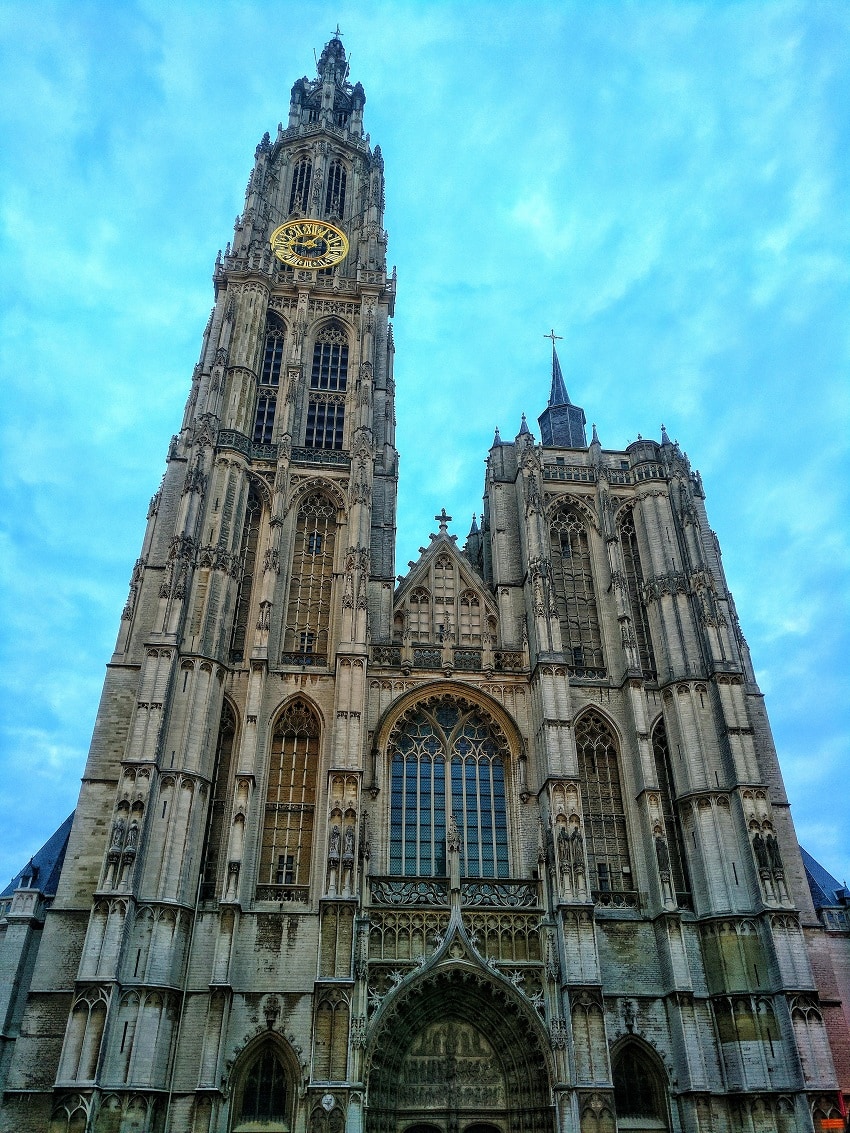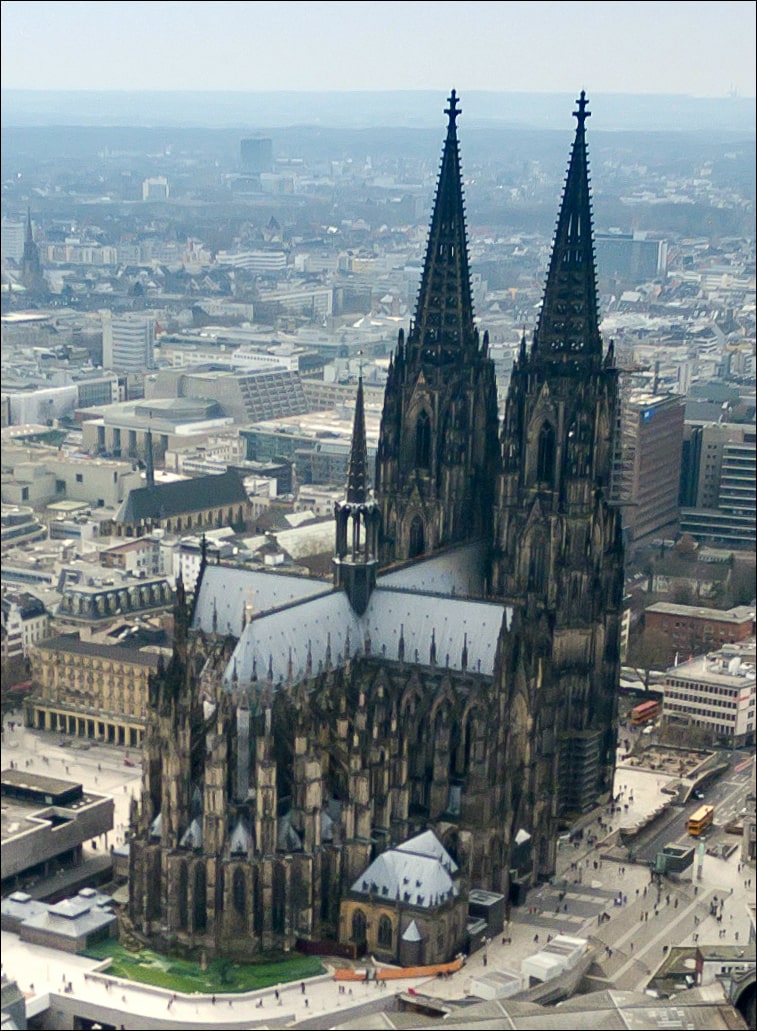Unveiling The World's Biggest Cathedrals: A Comprehensive Guide
Ever wondered which sacred spaces stand as testaments to human ingenuity and faith, reaching towards the heavens in their sheer scale and grandeur? The world's largest cathedrals are not just places of worship; they are breathtaking feats of engineering and artistic expression that have captivated generations.
The quest to define the "biggest" cathedral often leads to fascinating discoveries about architectural styles, historical significance, and the sheer dedication of the people who built them. From the Gothic spires that pierce the sky to the vast interiors capable of holding tens of thousands of worshippers, these structures are much more than just buildings; they're living histories.
A credible ranking of the world's largest cathedrals requires careful consideration of various factors. Often, the interior area, the overall footprint, and the capacity to hold people are key metrics. The list of the top cathedrals isn't a static one, with debates often arising about the precise measurements and which criteria should be prioritized. However, these massive structures continue to inspire and draw millions of visitors each year. The study of these cathedrals, from design to their ultimate function as both religious and historic monuments, unveils a deeper appreciation for these structures.
One can begin the journey of exploration with the architectural marvel of the Florence Cathedral, a prime example. It is Italy's second-largest cathedral and it once stood as Europe's largest when construction was completed in the 15th century. The Florence Cathedral encompasses an area of 8,300 square meters (89,340.46 square feet), with an interior stretching 153 meters (502 feet) long and 90 meters (295 feet) wide. The history and architectural feats surrounding this space serve to further fuel the imagination.
The Milan Cathedral, also known as Duomo di Milano, presents another architectural grandiosity, particularly in its history and functionality. It's the largest church in Italy and it currently claims its place among the world's largest cathedrals. The Milan Cathedral has an interior area of 11,700 square meters. This massive structure also features the extraordinary capacity to hold up to 40,000 people, and serves as the seat of the Catholic Archbishop of Milan. The Duomo di Milano stands as a prominent landmark, and it is celebrated for its Gothic design elements.
The Seville Cathedral in the city of Seville, Spain, holds the distinction of being the largest cathedral worldwide. It has an internal area spanning 11,520 square meters and, in addition to its enormous size, it is also recognized as a UNESCO World Heritage Site. It is also the final resting place of the great Genoese explorer Christopher Columbus. The Seville Cathedral showcases an amazing architectural design, and it also provides an interesting glimpse into the historical and cultural events surrounding the construction of the space.
The construction of these monumental structures is a testament to human perseverance, faith, and artistic expression. The cathedrals have played a crucial role in shaping culture and society. They continue to inspire a sense of awe and wonder.
| Feature | Details |
|---|---|
| Name | Florence Cathedral (Duomo di Firenze) |
| Location | Florence, Italy |
| Architectural Style | Gothic |
| Construction Began | 1296 |
| Construction Completed | 1436 (Dome completed) |
| Area | 8,300 square meters (89,340.46 square feet) |
| Interior Length | 153 meters (502 feet) |
| Interior Width | 90 meters (295 feet) |
| Historical Significance | Once the largest cathedral in Europe. |
| Key Features | Brunelleschi's Dome, elaborate facade, intricate interior decorations. |
| Reference Website | Visit Florence |
The Shrine of the Immaculate Conception is another prominent religious building that has a massive capacity. The Shrine of the Immaculate Conception was completed in 1920. The building is often included in the list of the largest churches, representing a particular architectural style. It is located in a central urban area, drawing thousands of visitors each year.
The Cathedral Basilica of the Assumption of the Blessed Virgin Mary, often referred to simply as the Cathedral Basilica of the Assumption, is another notable structure. These are some of the many stunning sacred spaces that are of interest to enthusiasts of religious and architectural history.
When considering the largest churches worldwide, the St. Peters Basilica in Vatican City often comes into the discussion. This majestic structure is renowned for its history, artistic significance, and capacity. St. Peter's Basilica can hold an estimated 80,000 people, a testament to its size. The interior decorations, coupled with the buildings overall design, help to reflect the rich cultural heritage of the Catholic faith.
The architectural design of these cathedrals reveals an extensive variety of styles, from Gothic to Baroque. The top 10 largest cathedrals include many built before the 20th century, with a significant number located in European countries. The structural designs of these buildings are often more substantial than skyscrapers.
| Feature | Details |
|---|---|
| Name | Milan Cathedral (Duomo di Milano) |
| Location | Milan, Italy |
| Architectural Style | Gothic |
| Construction Began | 1386 |
| Construction Completed | 1965 (Facade completed) |
| Area | 11,700 square metres. |
| Capacity | 40,000 |
| Historical Significance | Seat of the Catholic Archbishop of Milan. |
| Key Features | Gothic architecture, numerous statues, intricate design, and grand capacity. |
| Reference Website | Duomo di Milano Official Website |
The Yoido Full Gospel Church, located in Seoul, South Korea, stands as the largest Pentecostal church globally. This church reflects the growth and influence of Protestant denominations. The building has an estimated capacity of 7,450, with the ability to accommodate over 44,000 people. This is a testament to the spread and popularity of this particular form of worship. This church provides another case study for the study of large religious structures. Yoido Full Gospel Church provides another perspective on how religious spaces can accommodate large congregations and their place in the modern world.
The architectural designs of the cathedrals continue to evolve, including more modern designs. Many of these churches are located in European countries. The use of different architectural styles and building materials highlights the variety in design approaches.
The exploration of these structures provides a deeper understanding of the historical context, the artistic achievements, and the spiritual aspirations of those who constructed and worshipped in them. The top 10 largest cathedrals are an important part of this world.
| Feature | Details |
|---|---|
| Name | Seville Cathedral (Catedral de Sevilla) |
| Location | Seville, Spain |
| Architectural Style | Gothic |
| Construction Began | 1401 |
| Construction Completed | 16th century |
| Area | 11,520 square meters |
| Historical Significance | Final resting place of Christopher Columbus, UNESCO World Heritage Site. |
| Key Features | Gothic architecture, largest cathedral by volume, Giralda bell tower. |
| Reference Website | Visit Seville |
The ongoing construction projects, modern trends, and ongoing research within the design and operation of these monumental constructions indicates that cathedrals will remain vital places of inspiration and culture.


